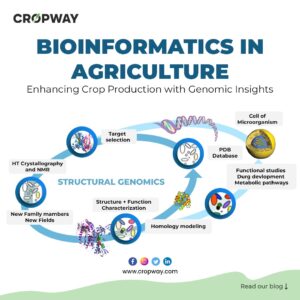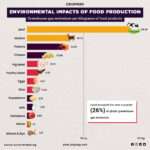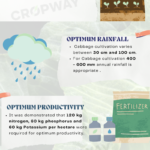
Introduction of Brassica vegetables
In the vast world of vegetables, a group of nutrient-packed cruciferous delights stands out for their shared ancestry and diverse flavors. There’s a fascinating botanical family that includes kale, Brussels sprouts, cauliflower, and cabbage, kohlrabi, and broccoli belong to the Brassicaceae family, and while each boasts unique characteristics, they share a treasure trove of nutritional secrets. Despite their apparent differences, these leafy greens and cruciferous wonders share a common botanical lineage—Brassica oleracea. These vegetables are different cultivars or varieties that have been developed from a common ancestor through selective breeding over time.In this blog, we’ll unveiling the intricate connections and unique characteristics that make these vegetables both diverse and united.
Origins and Evolution
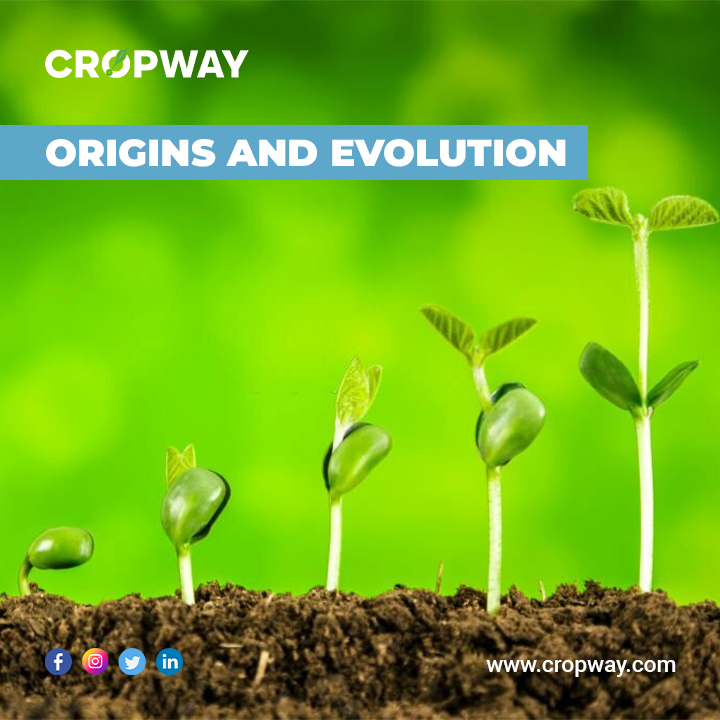
Approximately 2500 years ago, Brassica oleracea existed solely as a wild plant along the coastlines of Britain, France, and Mediterranean countries. This original, wild form, still extant today, is recognized as wild mustard.
Brassica oleracea, introduced globally, witnessed diverse cultivation. In China, stems and flowers birthed gailan (Chinese broccoli), while the Mediterranean prized kale and collard leaves for their vitamin richness. Each locale’s distinct breeding choices created unique culinary landscapes, showcasing the adaptability and versatility of this plant.
Each vegetable exhibit distinct features, categorized into various groups based on morphology and culinary applications.
- Kale: Leafy green vegetable with curly or flat leaves. A nutritional powerhouse celebrated for its robust flavor and health benefits.Packed with vitamins high vitamin K and C content, minerals, and antioxidants, kale has earned its status as a superfood.
- Brussels Sprouts: Small, compact heads composed of tightly packed, small green buds.Those mini-cabbages tightly clustered along the stem. Rich in fiber, vitamin C,folate and antioxidants.
- Cauliflower: Dense head of undeveloped flowers, usually white in color. It’s versatile vegetable that has become a star in low-carb and gluten-free diets.Offers a wealth of antioxidants, including sulforaphane.
- Cabbage: Round or oval-shaped vegetable with leaves forming a tight head.Cabbage,a humble yet nutritious option, is a fantastic source of vitamin C and K.
- Broccoli:Kohlrabi, with its unique taste and texture, provides a generous dose of fiber, vitamins C, B-complex vitamins and minerals, broccoli adds both nutritional value and visual appeal to any plate.
- Kohlrabi: Enlarged stem that looks like a turnip but grows above ground. Available in green and purple varieties, kohlrabi boasts a mild, slightly sweet flavor, making it a versatile addition to salads, slaws, and stir-fries. A cruciferous icon, is celebrated for its sulforaphane content.
These vegetables known as cruciferous vegetables, including kale, Brussels sprouts, cauliflower, cabbage, broccoli, and kohlrabi, are renowned for their nutritional richness, offering vital vitamins,minerals, and antioxidants.
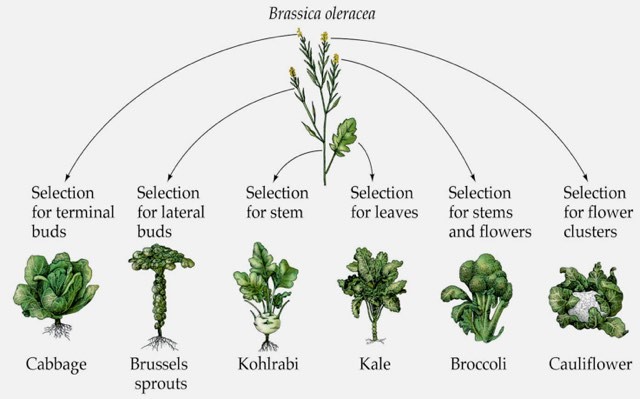
Over time, farmers selectively bred variants of the plant favoring those with enlarged leaf buds. Through successive generations, this deliberate cultivation resulted in plants bearing large heads of tightly rolled leaves, ultimately giving rise to what we now recognize as cabbage.
In diverse regions, farmers selectively bred Brassica oleracea for specific traits—enlarged flowering structures yielding broccoli and cauliflower, enlarged stems producing kohlrabi, and numerous small heads forming Brussels sprouts and selectively bred Brassica oleracea for robust leaves, leading to the formation of kale. The hybridization of broccoli and kai-lan resulted in Chinese broccoli, showcasing the remarkable diversity within this plant species.Despite being the same species, these crops are cultivars—distinct varieties selectively bred to possess desirable traits tailored for human needs and preferences.
The extraordinary evolution of Brassica oleracea underscores the potent influence of human breeding and artificial selection. Changes that would traditionally take millennia through natural selection unfold in mere centuries under human guidance. Our history of tinkering with food genetics predates the concept of genetically modified foods (GMOs), highlighting the enduring human quest to shape and enhance the characteristics of the plants we cultivate for sustenance.
Health Guardians

The cruciferous clan shares a secret weapon – glucosinolates. These sulfur-containing compounds are responsible for the distinctive aroma and, more importantly, the health benefits of these vegetables. When cruciferous vegetables are chewed, chopped, or digested, glucosinolates break down into bioactive compounds, such as sulforaphane, known for their anti-inflammatory and anti-cancer properties. Studies suggest that regularly consuming cruciferous vegetables may reduce the risk of certain cancers and contribute to heart health.
Moreover, the high fiber content in these vegetables supports digestive health, while the array of vitamins and minerals strengthens the immune system. The cruciferous connection extends its protective arm against oxidative stress and inflammation, making these veggies formidable allies in the pursuit of overall well-being.
Challenges and Considerations
While these vegetables offer a multitude of health benefits, they also come with certain considerations. Some individuals may experience digestive discomfort due to the presence of compounds like raffinose. Cooking methods, such as steaming or fermenting, can help mitigate these effects while preserving the nutritional value of the vegetables.
Conclusion
: Brassica oleracea’s diverse forms highlight the profound influence of human breeding and artificial selection. In this extensive family, kale, Brussels sprouts, cauliflower, cabbage, broccoli, and kohlrabi stand as unique yet interconnected members of a singular plant species. From kale’s nutrient-rich leaves to Brussels sprouts’ compact clusters, each vegetable contributes uniquely to our culinary experiences and enhances overall health, showcasing the remarkable power of selective cultivation.


